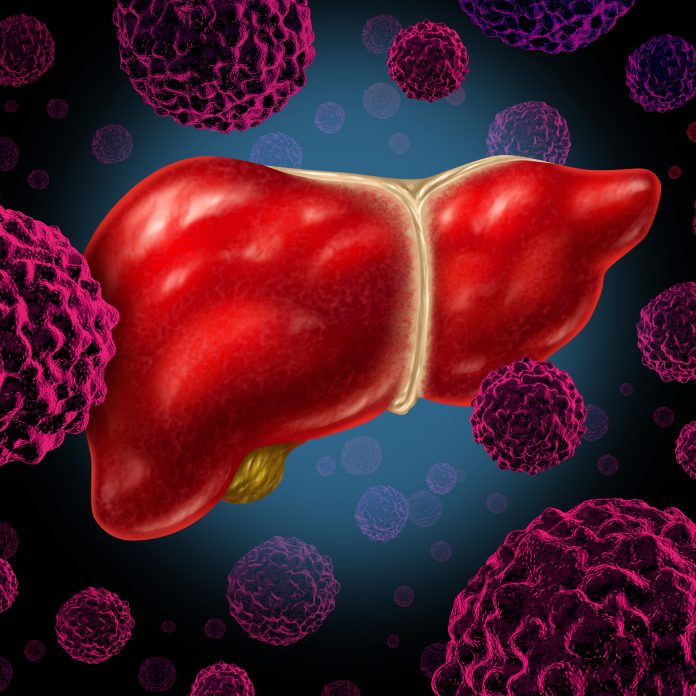
Penn Medicine researchers have identified serum amyloid A (SAA) proteins, which are released by the liver, as key regulators of cancer immunity that could be exploited as therapeutic targets.
Their findings arose from a series of experiments investigating how the liver impacts immunotherapy and the ability of the immune system to eliminate cancer.
“The liver is an organ in the body that is important in controlling the immune system’s function,” senior author Gregory Beatty, MD, PhD, an associate professor of Hematology-Oncology and the director of Clinical and Translational Research for the Penn Pancreatic Cancer Research Center, told Inside Precision Medicine.
He explained that liver inflammation, which refers to the liver’s release of certain proinflammatory molecules, has been associated with a poor prognosis and decreased responsiveness to chemotherapy and immunotherapy in patients with cancer. It has also been linked to an increased risk for liver metastases, which in turn are associated with decreased effectiveness of immunotherapy.
Using mouse models of pancreatic cancer, Beatty and the team showed that liver inflammation correlates with decreased T cell infiltration into tumors. The mice with low T cell infiltration also showed stronger signs of an inflammatory signaling pathway called the IL-6/JAK/STAT3 pathway, suggesting that this pathway plays a role in regulating the T cell immune surveillance response to cancer.
The researchers next showed that hepatocytes are activated during tumor development to release SAA, which then alters the type of immune cells present within the cancer by reducing dendritic cells, which are critical for normal T cell responses, and inhibiting T cell surveillance.
Furthermore, deleting the Saa gene, and thus preventing SAA production, significantly extended the survival of mice after tumor removal and increased the cure rate, which was dependent on T cells.
“Elevated SAA levels have been associated with decreased responses to PD1 immunotherapy in patients,” said Beatty. “Thus, we were very suspicious that it might have a direct role here. However, SAA can act through many different receptors and what surprised us was that the effects of SAA on the immune system seem to occur mainly through one of its receptors—Toll-like receptor 2 (TLR2). This potentially has therapeutic implications.”
Indeed, when the investigators deleted the Tlr2 gene from the mice they found that dendritic cell and T cell infiltration into tumors increased significantly.
“Thus, these data show that TLR2 is necessary and sufficient to inhibit cancer immunosurveillance,” they wrote in Nature Immunology.
To determine whether the mouse model findings would translate to humans, the researchers measured SAA levels in tissue samples from pancreatic cancer survivors. They observed that long-term survivors had lower SAA levels at the time of surgery than short-term survivors.
“Taken together, these data identify hepatocyte-derived SAA as a determinant of treatment outcomes to surgical resection in cancer,” the investigators remarked.
Beatty said: “The translational findings in human patients highlight the likely clinical relevance of our discoveries in the mice.”
He believes that liver inflammation “is an important measure for stratifying patients for treatment options” as it can reduce the efficacy of treatments. “The next step would be to use this knowledge and an effective treatment plan to intervene on liver inflammation to improve outcomes and broaden the efficacy of a treatment.”
Beatty and the team are now focused on developing strategies and therapeutics to target SAA and STAT3 specifically in the liver. If successful, blocking SAA could be broadly applicable in cancer as its increased levels are seen across a variety of cancer types.













